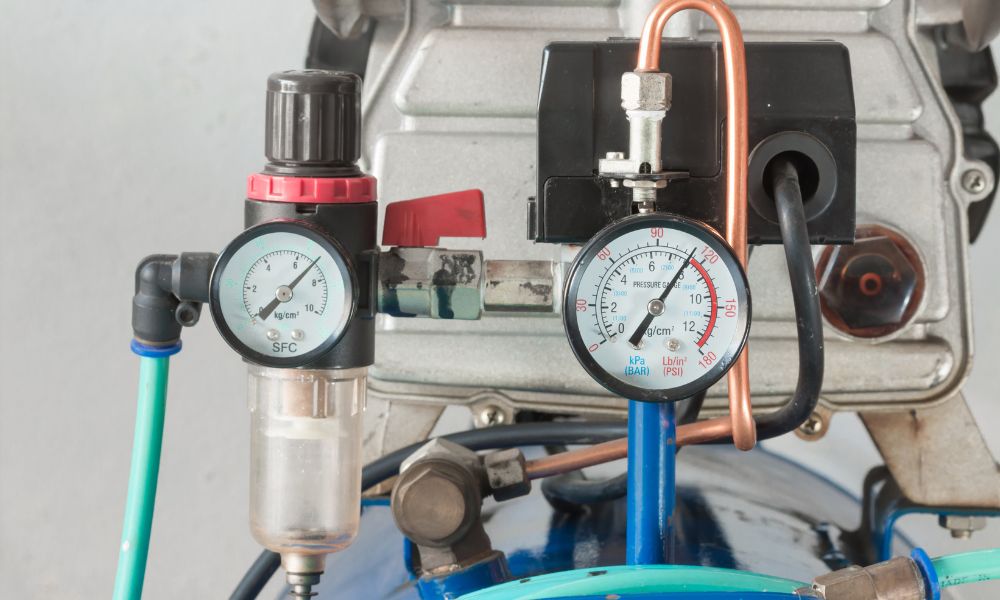In the world of manufacturing, precision is key. Accurate measurements and efficient processes directly impact product quality, production time, and overall profit margins. One method that many companies use to enhance their measuring capabilities is air gaging. In this guide, we will provide a comprehensive understanding of the flexibility and limitations of air gaging to help you determine if it’s right for your manufacturing process.
Air Gaging: A Brief Overview
If you didn’t already know, air gaging is a non-contact measuring technique that uses pressurized air to measure the dimensions of parts and components. It operates on the principle that the flow rate of air through an opening depends on the distance between the opening and the part you are measuring. As the gap size increases or decreases, air flow changes, and the air gage measures these changes to provide precise dimensional information.
Flexibility: The Advantages of Air Gaging
The use of air gaging in manufacturing processes offers several benefits, making it a flexible solution for various applications. Read on to discover some advantages that make it such a flexible choice.
High Precision and Accuracy
Air gaging can measure dimensions with exceptional accuracy, often within microns. This high level of precision is especially valuable when monitoring tighter tolerances or measuring critical dimensions.
Non-contact Measurement
Unlike contact measurement methods, air gaging does not exert pressure on the measured part. This aspect is particularly useful when measuring delicate or soft materials, as well as parts with thin walls, where contact methods could cause damage or deformation.
Quick Measurement Times
Air gaging is an efficient process that provides quick and accurate measurements. This speed is especially beneficial in high-volume production environments, where speed and efficiency are critical to overall performance.
Versatility
You can customize air gages for various applications, from simple hand-held devices to automated, in-process systems. This versatility makes items such as the Metro digital readout display adaptable to a wide variety of manufacturing processes and industries.
Limitations: The Challenges of Air Gaging
Despite the flexibility and benefits, air gaging is not without its limitations. While there aren’t that many, they’re worth making a note of for your business.
Surface Condition Sensitivity
Air gaging is sensitive to surface finish and cleanliness. Any surface imperfections or contamination, such as dirt, oil, or debris, can affect the measurement accuracy. Therefore, ensuring proper surface preparation before using air gaging in manufacturing is crucial.
Environmental Factors
Air gaging systems are also sensitive to environmental factors, such as temperature and humidity, which can influence the measurements. Controlled environments may be necessary to maintain air gage accuracy and consistency.
Cost
Air gage systems tend to be more expensive than other measuring methods because of their advanced technology, precise components, and necessary maintenance. While the benefits these devices can provide justify this investment, the initial cost does pose a barrier to some manufacturers.
Is Air Gaging Right for Your Process?
Understanding the flexibility and limitations of air gaging is crucial in determining if it’s the best measurement solution for your manufacturing needs. When making this decision, consider the precision requirements, types of materials, production volumes, and overall environment of your process. By evaluating the advantages and drawbacks of air gaging, you can make an informed choice that will contribute to your company’s success.

